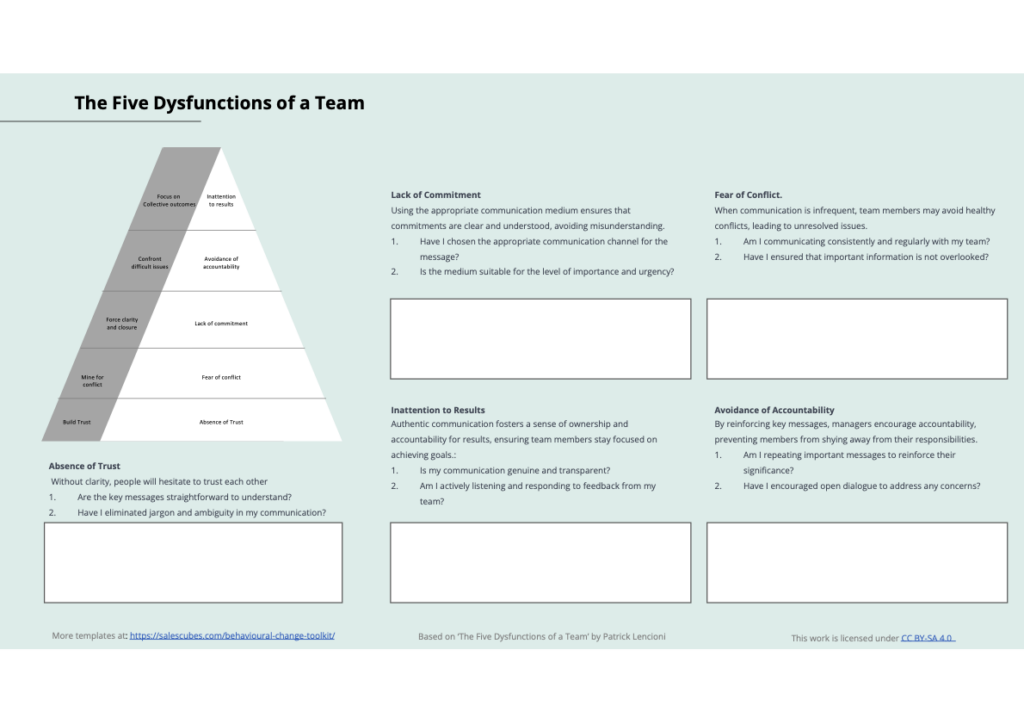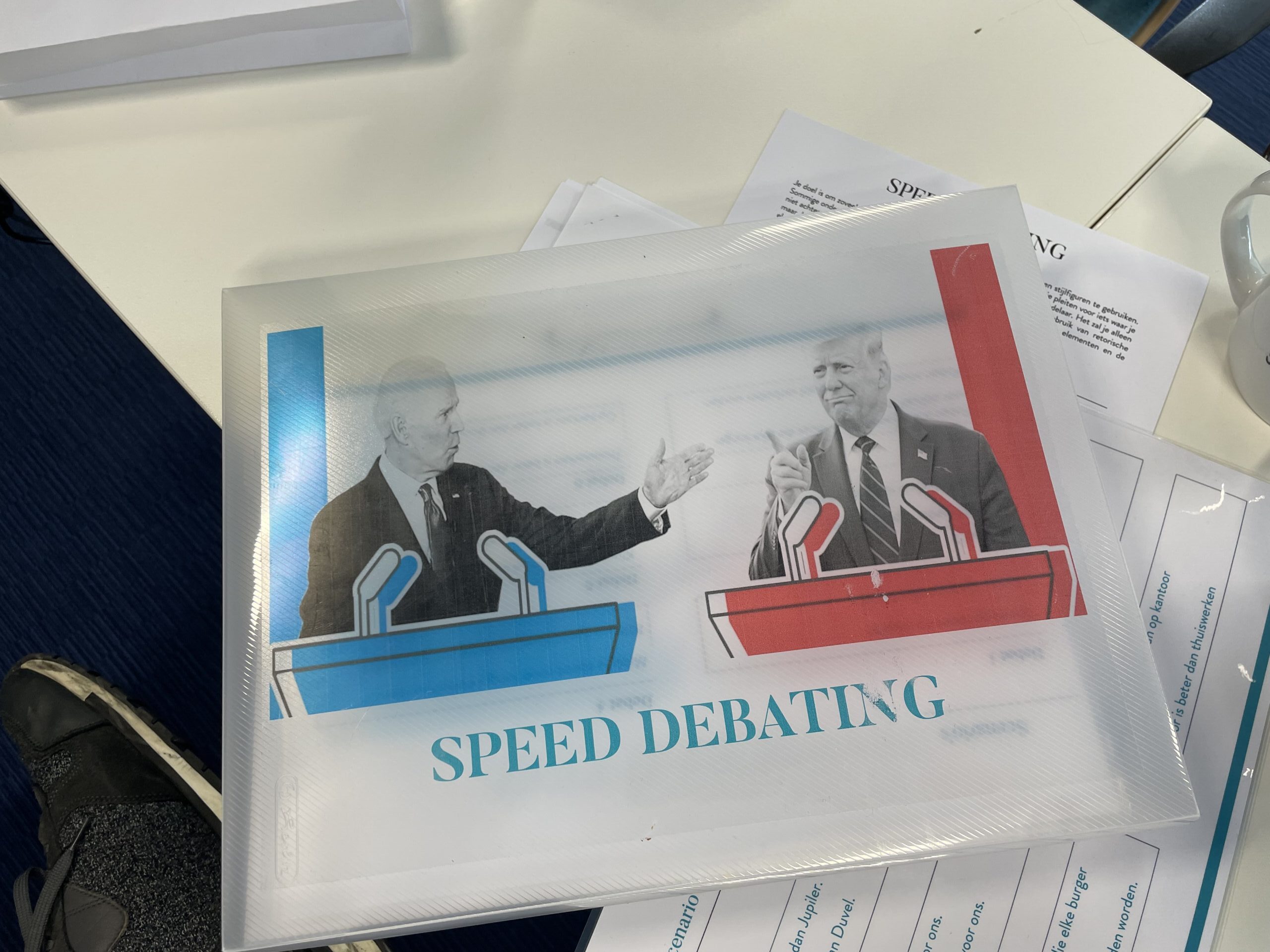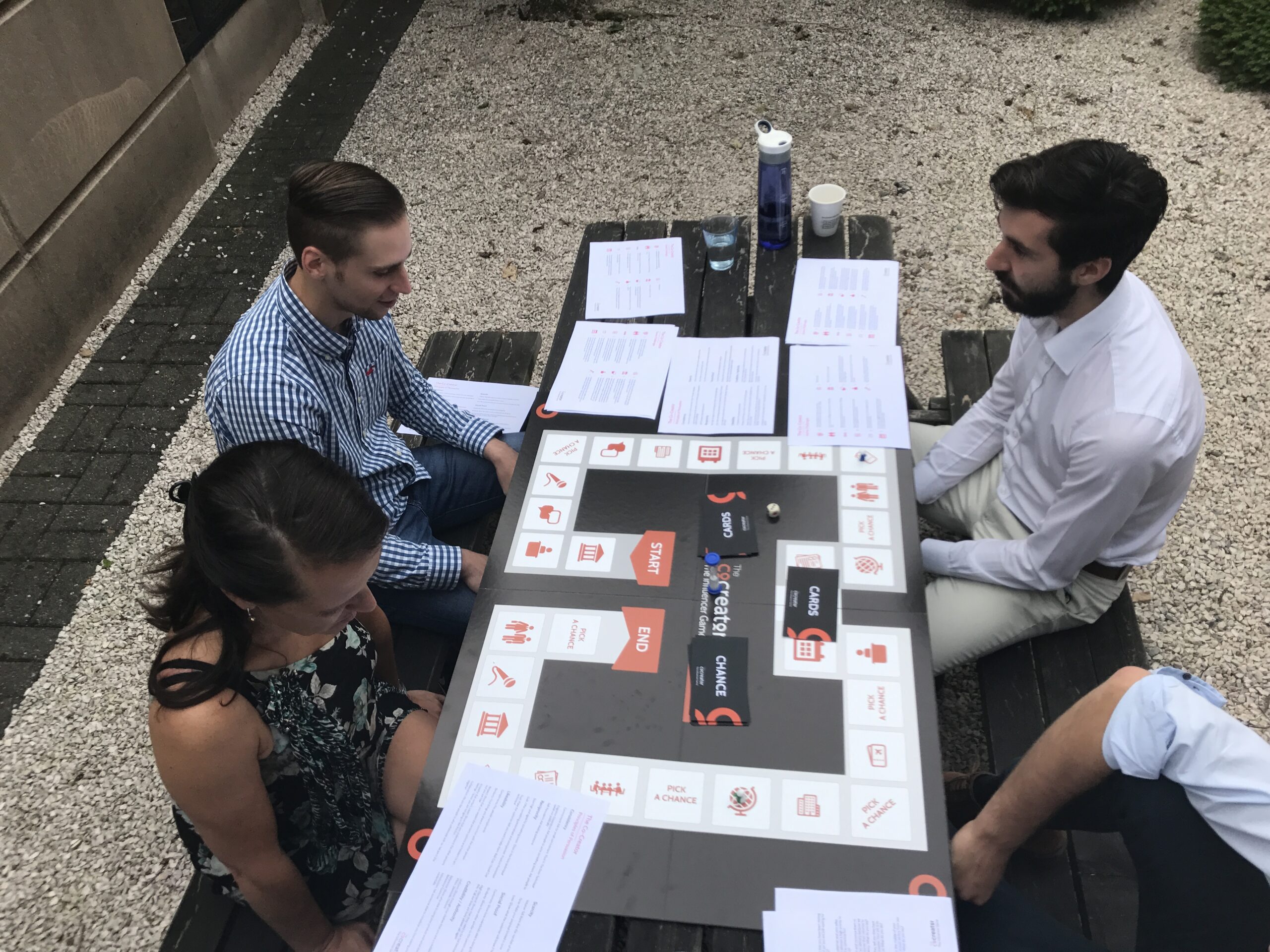What is it?
Patrick Lencioni’s model presents five interrelated dimensions that can lead to team dysfunction. These dimensions are layered, much like an onion, with each layer contributing to the next, creating a comprehensive picture of common problems teams face. This model is a roadmap for identifying and rectifying issues that hinder team effectiveness.
The 5 Dimensions of Dysfunctional Teams:
-
- Absence of Trust: The foundation of Lencioni’s model. Without trust, team members are unlikely to open up and be vulnerable, leading to a lack of genuine engagement and communication.
-
- Fear of Conflict: When teams lack trust, members may avoid conflict, leading to artificial harmony. Healthy debates are essential for growth and innovation.
-
- Lack of Commitment: Avoidance of conflict leads to ambiguity in decisions and plans. Without clear direction, team members are less likely to commit fully to actions and decisions.
-
- Avoidance of Accountability: Without commitment, team members are less likely to hold each other accountable. This lack of accountability can lead to lower standards and poor performance.
-
- Inattention to Results: The culmination of the previous dysfunctions. When teams don’t hold one another accountable, they often focus on individual goals or status, neglecting the team’s overall objectives.
Useful for:
Understanding these dimensions is extremely beneficial for any team striving for high performance. This framework:
-
- Enhances Team Cohesion: By addressing these dysfunctions, a team can build a strong foundation of trust and collaboration.
-
- Improves Decision-Making: Open, constructive debate leads to better decision-making and greater commitment to those decisions.
-
- Fosters Accountability: Teams can cultivate a culture of accountability, ensuring that all members are working towards shared objectives.
-
- Boosts Productivity: A focused, accountable team will naturally be more efficient and effective in achieving its goals.
Within the context of change management, it enables us to determine how to communicate and implement a specific change within the team. We use it together with the ADKAR Framework when planning or reviewing the status of a project.
Application
Lencioni’s model is applicable in various scenarios, such as:
-
- During Team Building Activities: To identify and address underlying issues in a team.
-
- In Management Training: For leaders to learn how to foster effective teamwork.
-
- In Conflict Resolution: To understand and resolve sources of team conflict.
-
- In Organisational Development: For diagnosing and improving team dynamics.
Process
Addressing these dysfunctions involves a series of steps:
Step 1: Building Trust
Encourage openness and vulnerability among team members. This can be achieved through team-building exercises and creating a culture of honesty and support.
Example: Ask each of the team members to share a personal challenge they have overcome or are currently facing with regards to the topic of change hand. This activity is designed to build empathy and create understanding.
Step 2: Embracing Conflict
Normalize healthy conflict as a part of team interaction. Encourage open discussions and debates on ideas and strategies.
Example: Divide the team into groups and have them debate opposite sides of the change topic. Encourage respectful disagreement and open expression of opinions. This activity is designed for the team members to become more comfortable with healthy conflict.
Step 3: Fostering Commitment
Ensure that all team members are clear about decisions and plans. Achieve this through transparent communication and involving team members in decision-making processes.
Example: Facilitate a session where the team collectively defines the vision for the behavioural change. Use techniques like brainstorming and mind mapping. This activity is designed to create a shared commitment to a common goal, enhancing team unity and purpose.
Step 4: Encouraging Accountability
Promote a culture where team members hold each other accountable. This can be done by setting clear standards and expectations.
Example: Ask each team member to write a commitment contract, outlining how they will contribute to the behavioural change and how they can be held accountable. This activity is designed to establish a culture of personal and mutual accountability.
Step 5: Focusing on Collective Results
Align team members towards common goals. Celebrate collective successes and make team objectives a priority over individual achievements.
Example: Create a roadmap with the team of the desired outcomes from the behavioural change. Set specific, measurable, achievable, relevant, and time-bound (SMART) goals. This activity is designed to create a clear focus on collective results, with concrete steps and timelines.
Sources:
Tool



